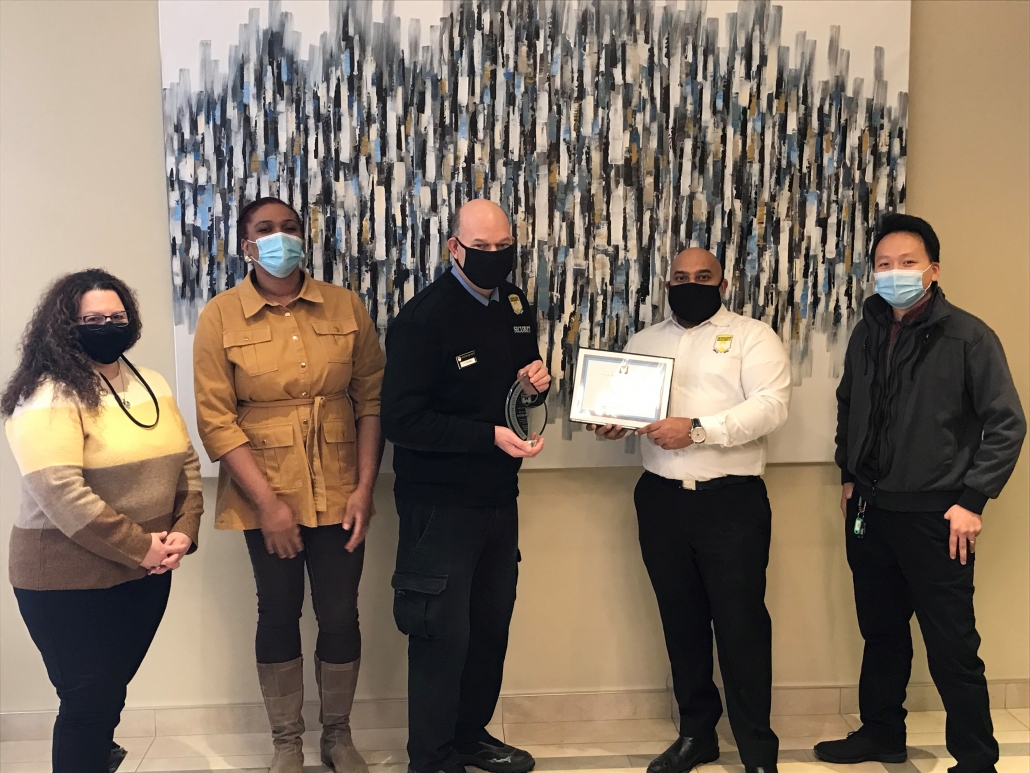As the 2024 solar eclipse approaches, Canadian businesses and commercial properties must prepare themselves from a security standpoint to ensure the safety of their premises, employees, and customers. While eclipses are awe-inspiring natural phenomena, they also bring about unique challenges that necessitate proactive measures. In this guide, we’ll delve into key considerations and precautions for businesses before and during the solar eclipse on April 8.
Controlling lighting systems
One crucial aspect for businesses to address is the management of lighting systems during the eclipse. As the sun’s light diminishes, it’s essential to have adequate lighting in place to maintain visibility and security on the premises. Businesses should consider adjusting existing lighting systems to ensure optimal illumination throughout the event. This can help prevent accidents, deter potential intruders, and maintain normal operations seamlessly.
Anticipating gatherings
With the spectacle of a solar eclipse drawing people outdoors to witness the event, businesses need to be prepared for potential gatherings around their properties. This is particularly important for establishments located in areas experiencing totality, such as Niagara Falls, Kingston, Montreal, Fredericton, and Gander. Businesses should communicate with local authorities, monitor crowd activity, and implement crowd management strategies to maintain order and security. Additionally, if businesses have outdoor areas accessible to the public, they should consider securing those spaces or providing guidance to ensure the safety of eclipse viewers.
Managing traffic impact
The influx of spectators travelling to prime viewing locations can lead to increased traffic congestion, impacting businesses’ operations. It’s advisable for businesses to plan ahead and consider potential disruptions caused by traffic congestion. This may involve adjusting staffing schedules, coordinating deliveries, or implementing alternative transportation arrangements for employees. By anticipating and mitigating the impact of traffic, businesses can minimize disruptions and maintain productivity during the eclipse.
General safety tips
In addition to specific security considerations, businesses should also prioritize general safety measures to protect their premises and personnel during the solar eclipse:
- Secure valuables: Safeguard valuable assets and sensitive equipment by locking them away or implementing additional security measures.
- Emergency preparedness: Review and update emergency protocols, including evacuation procedures and communication plans, to ensure readiness in the event of unforeseen incidents.
- Employee awareness: Educate employees about the solar eclipse, its potential effects, and safety precautions to follow both inside and outside the workplace.
- External lighting: Ensure that exterior lighting fixtures, such as parking lot lights, are operational and adequately illuminate surrounding areas to enhance visibility and deter unauthorized activity.
- Surveillance systems: Test and verify the functionality of surveillance cameras and alarm systems to monitor activity and detect any security breaches promptly.
By proactively addressing these security considerations and adhering to safety guidelines, Canadian businesses and commercial properties can effectively prepare themselves for the 2024 solar eclipse. Prioritizing security and safety measures can ensure a smooth and secure experience for employees, customers, and visitors during this celestial event.

